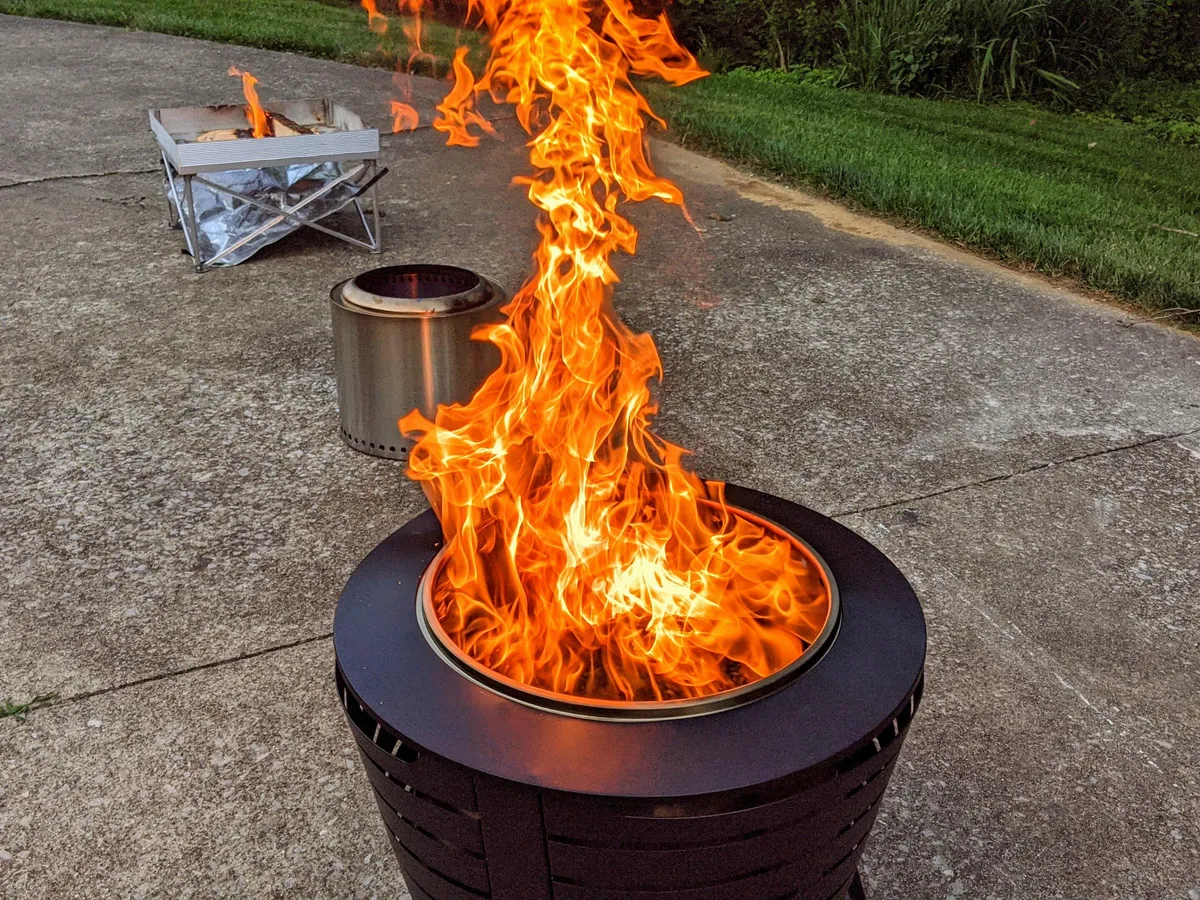Traditional and formal décor often uses pinch pleat draperies. The fabric is stitched and folded into pleats to give the style its name. Most pinch pleats have two or even three pleats. Attaching the panels to the hardware is done with pins or hooks. This allows the fabric to lay flat between the folds and distribute the fullness evenly down the length of each panel. Weights are often added to the bottom of the panel to allow the fabric to fall equally.
Pinch Pleat Designs
Many styles are available for pinch pleat curtains. You can choose a style based on the type of window, your personal preferences, as well as the amount or privacy you need in the room.
Double Pinch Plaid
Double pinch pleated curtains, or two-finger panels, are a contemporary style that features double folds on the panel’s top. The fabric is folded twice and sewn into the folds. The panels are given a soft fullness by creating two folds.
Triple Pinch Plaid
Triple pinch-pleat panels have three folds placed at specified intervals on the panel. These folds are sewn into the top edge and then tacked down along the bottom of every pleat to create a decorative fan.
Parisian Pleat
The Parisian Pleat, also known as the Euro Pleat, provides a modern and unstructured appearance. This pinch pleat has been folded and stitched along the top edge to allow the drapes flow from the inverted pleat.
Goblet Pleat
This look can be achieved by rolling the curtain at regular intervals instead of folding or pinching the pleats. Filler rolls of interlining, or other cylindrical supports are used to maintain the “goblet shape”. When the panels are going to be regularly opened and shut, goblet pleats should not be used.
Inverted Box Pleat
Inverted box pleats are more tailored. The pinch pleating is not visible from the front but protrudes on the back of the panel. The panel’s front has a flat surface that is suitable for modern and contemporary decor. Box pleats inverted are not recommended for that is intended to be functional.
Fabric Options for Pinch Pleated Draperies
Fabrics for pinch pleated curtains should be chosen to complement the look of the entire room. Choose a fabric that reflects and enhances the existing color, pattern, and scale of your furniture. Select a pattern or color that contrasts with your furniture or walls to make the windows the focal point.
The functionality of the panels is also important. You can choose a lighter fabric for sheers or a pinch-pleat topper if they’re just there as a visual. A heavier fabric could be used for functional draperies that regulate privacy and light. Fabrics for pinch pleat curtains include:
- chenille
- Cotton
- damask
- denim
- embroideries
- linen
- silk
- The following are some of the ways to enhance your experience.
- suede
- Toile
Pinch Pleat Accessories
The pinch pleat hardware that you choose is important, no matter what style you choose. The most popular choices are curtain rods and traverse systems. The is attached to the rods using hooks or pins.
Traverse System
Track systems or traverse rods allow to be easily opened and closed using a pulley and cord system. To attach the pinch pleats, pins are used to connect to carriers that slide along the bottom rod. The curtains’ tops slide easily just below the bottom rod.
Curtain Rod/Pole with Rings
Curtain rods or curtain poles with rings are more decorative hardware for pinch pleat. Rings on decorative poles are used to hang pinch pleated curtains, unlike the track system. The pins or
Hooks are used again to attach the panels at the eyelets on the bottom of each band. By sliding the rings manually along the pole, or using a baton, the draperies can be opened and closed.
Measure windows for pinch pleat
It is important to get the right measurements for pinch-pleated curtains. The pinch pleat draperies you choose are an investment. If they are to be used as side panels or for frequent opening and closing, consider this. Consider the final length. Think about the length of pinch pleat draperies. Will the fabric flow down directly to the floor or just to the bottom edge of the window? Or will it puddle at the ground level? Proper measurements are essential for any look.




